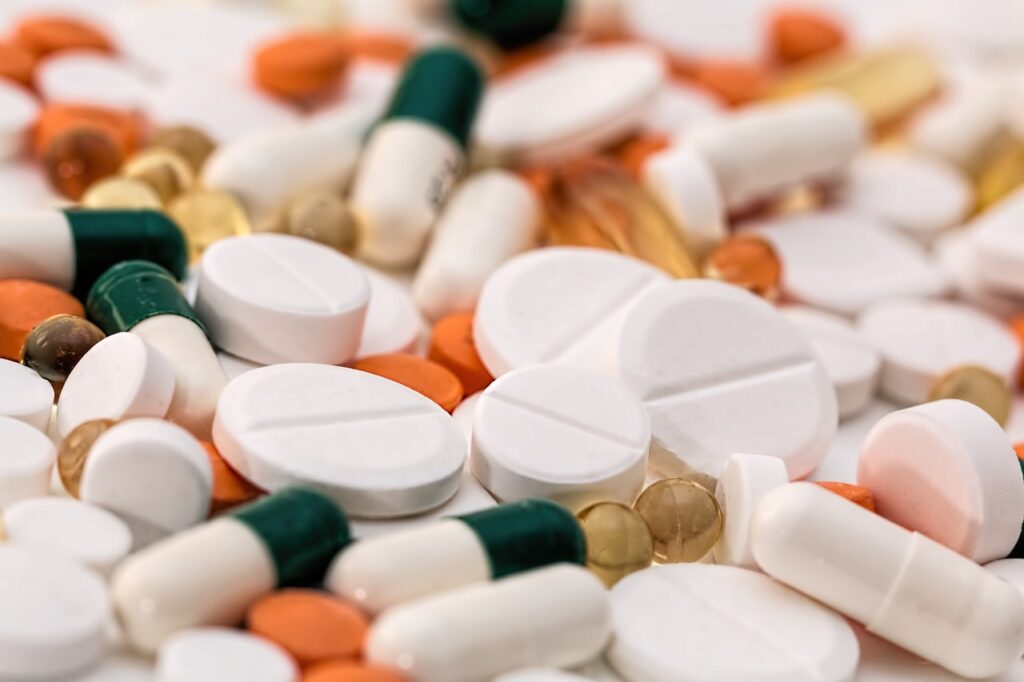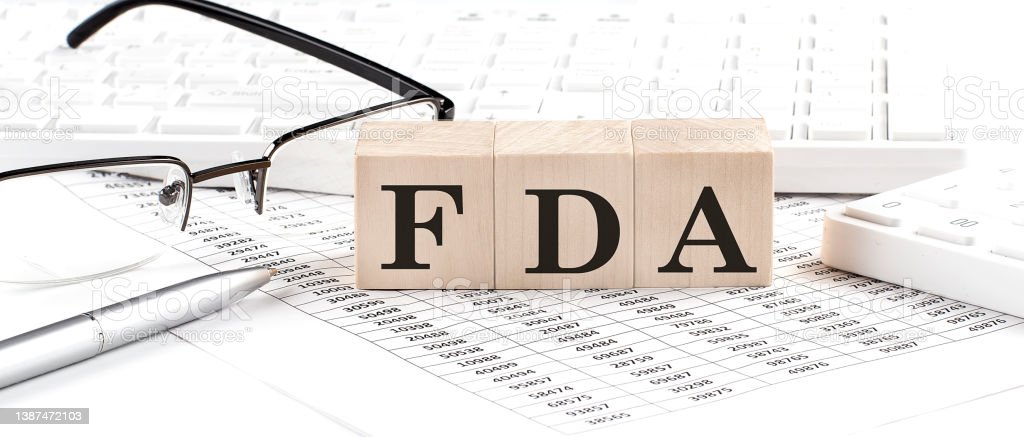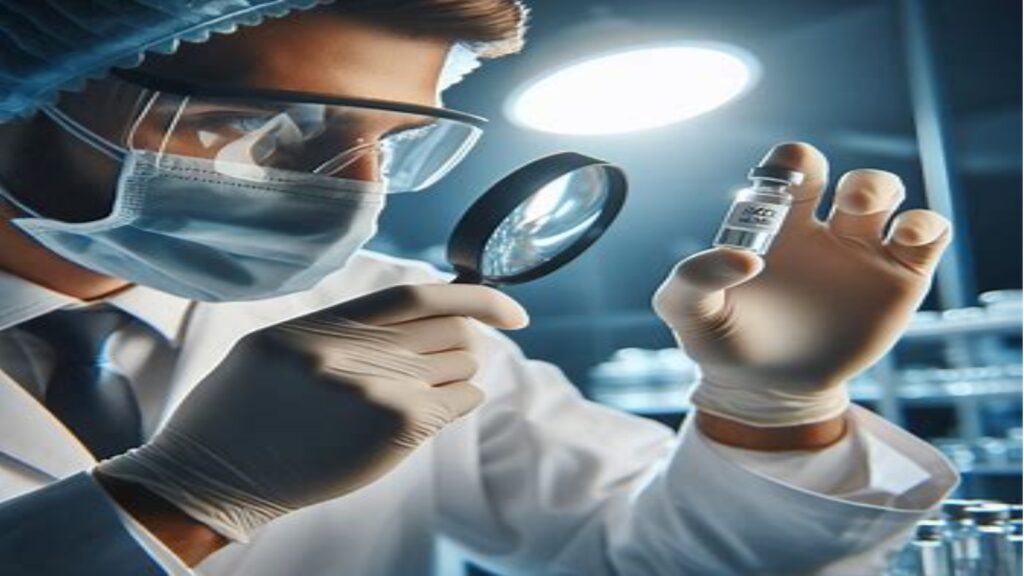1. Purpose
The purpose of this Standard Operating Procedure (SOP) is to establish guidelines and procedures for the preventive maintenance (PM) of equipment and facilities to ensure optimal performance, reduce downtime, and extend the lifespan of assets.
2. Scope
This SOP applies to all equipment and facilities within the organization that require regular maintenance. It includes scheduling, execution, and documentation of preventive maintenance activities.
3. Responsibilities
3.1 Maintenance Manager
- Develop and oversee the implementation of the PM program.
- Ensure all maintenance personnel are trained on the PM procedures.
- Review and update the PM schedule regularly.
3.2 Maintenance Technicians
- Perform PM tasks as per the schedule and instructions.
- Document all PM activities accurately.
- Report any issues or deviations immediately to the Maintenance Manager.
3.3 Equipment Operators
- Notify the maintenance department of any observed issues.
- Assist maintenance personnel when necessary.
4. Procedure
4.1 PM Schedule Development
- Identify Assets: List all equipment and facilities that require preventive maintenance.
- Determine Frequency: Based on manufacturer recommendations, industry standards, and operational experience, establish the frequency of PM tasks (e.g., daily, weekly, monthly, quarterly, annually).
- Create PM Tasks: Develop detailed checklists and instructions for each PM task.
- Schedule PM Activities: Use a maintenance management system to schedule PM tasks and ensure timely execution.
4.2 Preparation for PM Activities
- Review PM Schedule: Maintenance Technicians should review the PM schedule at the start of each week.
- Gather Tools and Materials: Collect all necessary tools, spare parts, and materials required for the PM tasks.
- Notify Affected Departments: Inform relevant departments of any potential downtime or interruptions.
4.3 Execution of PM Tasks
- Follow Safety Protocols: Adhere to all safety procedures, including the use of personal protective equipment (PPE).
- Perform Inspections: Conduct visual inspections and functional tests according to the PM checklist.
- Complete Maintenance Tasks: Carry out cleaning, lubrication, adjustments, and part replacements as specified.
- Record Findings and Actions: Document all observations, actions taken, and any parts replaced in the maintenance log.
4.4 Post-Maintenance Activities
- Update Records: Enter all completed PM tasks into the maintenance management system.
- Report Issues: Report any unresolved issues or recommendations for further action to the Maintenance Manager.
- Clean Up: Ensure the work area is clean and all tools and materials are properly stored.
5. Documentation
5.1 PM Checklists
- Maintain detailed checklists for each piece of equipment outlining specific PM tasks and intervals.
5.2 Maintenance Logs
- Keep accurate records of all PM activities, including dates, tasks performed, parts replaced, and technician signatures.
5.3 Reports
- Generate periodic reports on PM compliance, equipment performance, and any recurring issues.
6. Training
6.1 Initial Training
- Provide comprehensive training for all maintenance personnel on PM procedures and the use of the maintenance management system.
6.2 Ongoing Training
- Conduct regular refresher training and updates on new equipment or changes in PM procedures.
7. Evaluation and Improvement
7.1 Performance Metrics
- Monitor key performance indicators (KPIs) such as equipment uptime, maintenance costs, and PM compliance rates.
7.2 Continuous Improvement
- Regularly review and analyze PM records to identify areas for improvement.
- Update PM schedules and procedures based on feedback and performance data.
8. Safety Considerations
8.1 Hazard Identification
- Identify potential hazards associated with PM tasks and implement appropriate controls.
8.2 Emergency Procedures
- Establish and communicate emergency procedures for handling equipment malfunctions or accidents during PM activities.
9. Review and Revision
9.1 Review Frequency
- This SOP should be reviewed annually or whenever there are significant changes to equipment or procedures.
9.2 Revision History
- Maintain a log of all revisions to this SOP, including the date of revision and a summary of changes made.
- For more articles, Kindly Click here.
- For pharmaceutical jobs, follow us on LinkedIn
- For Editable SOPs in word format contact us on info@pharmaceuticalcarrier.com
- For more information kindly follow us on pharmaguidelines.co.uk











